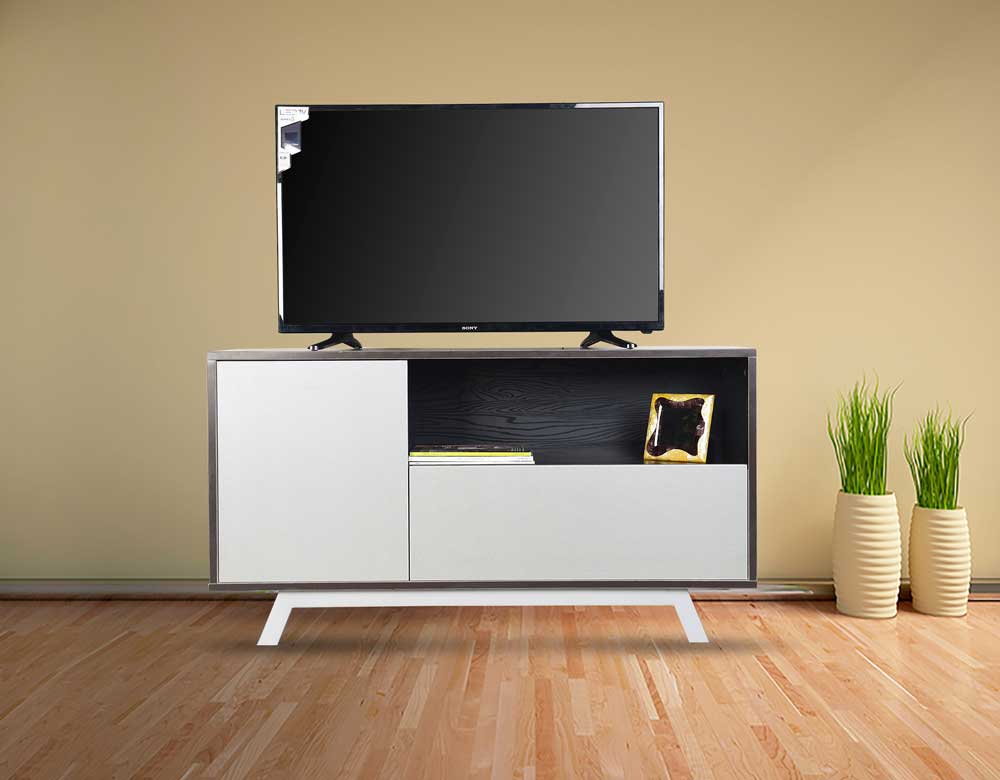The smart television gained its name from its ability to connect to the internet and perform more than a regular TV set. This appliance allows you to enter a web search query, browse the internet, and stream music and movies on one device. As a result, you wouldn’t need to access a computer or a DVD or Blu-ray player dedicated to only one or a few functions and can instead rent a TV for yourself.
Furthermore, smart TVs are incorporated with operating systems and built-in applications that make web surfing and experience swifter and more convenient. As a result, subscription video-on-demand platforms like Netflix and HBO Max have seen a boom of 450 million this year alone.
So, ahead are some tips to help you decide to go for a smart TV in your next rental subscription:
The Resolution and Refresh Rate
Smart televisions can have Ultra-High Definition (UHD) or 4K resolutions. They have quadruple more pixels than a High-Definition (HD) TV and are sure to bring sharp and crisp images to a big screen. On the other hand, a High Dynamic Range (HDR) Smart TV produces realistic colour contrast and stunning picture quality.
The refresh rate counts when the screen resets itself or the picture on the screen is expressed in Hertz (Hz). So, for example, a regular consumer would be fine with a 60 Hz screen that guarantees less motion blur and sharp images. Meanwhile, avid gamers will benefit if they rent a TV with a 120 Hz screen refresh rate as it ensures a smooth gameplay experience.
The TV Settings
More often than not, the smart TV that you choose will come out of the box unconfigured, and it needs configuration. Thus, it is imperative to properly set the appliance after taking it out of the box. As such, getting the optimal and preferred settings right will guarantee a great user experience.
● The Brightness and Contrast
You need to go to the settings menu and adjust the brightness to half below the normal setting. Additionally, you need to bring the contrast level to the maximum. These tricks provide more accurate colour contrast, especially in black or dark areas.
Often, the brightness is set to the highest setting, especially in new TV units. While this may be attractive to big and newly-released TVs, it creates a washed-out look on relatively old models. Nevertheless, you can easily adjust this remotely and change the colour, tone, sharpness, and temperature.
● The Audio Settings
Adjusting your audio is also essential, especially if you rely on your TV speakers. Most units come with preset sound modes such as the “cinema mode2, which is ideal for activating the TV’s surround sound. While this setting is perfect for boosting the low sound frequencies, you can always incorporate external speakers or home theatre systems for a more vivid experience.
The External Speakers
As mentioned earlier, many individuals choose to invest in speakers to improve their viewing or streaming experience. The 5.1 sound system is composed of an audio-video receiver and at least six output speakers, while each of these components should be placed strategically in your room.
It is wise to install the subwoofer in your living or movie room corner. The smart TV should then be surrounded by the remaining five speakers in the front, rear, and centre. Nevertheless, you can always purchase a soundbar that you can place below the TV for immediate sound and bass boosts.
Also Read: Six Benefits of Digital Signage


















